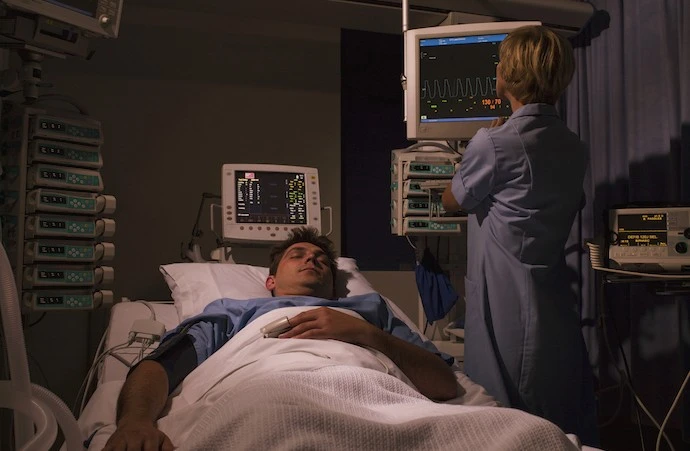Sepsis causes 11 million deaths annually and is linked to post-intensive care syndrome (PICS), which includes physical impairment, reduced quality of life, and posttraumatic stress syndrome. Despite multidisciplinary interventions, up to 61.4% of sepsis patients experience physical impairment at hospital discharge. This is a significant outcome of sepsis and a key factor in determining discharge disposition, thus indicating the need to reduce the risk of post-sepsis physical impairment.
Previous research has shown that ICU-acquired weakness is a major contributor to physical impairment at hospital discharge among critically ill patients, associated with disease severity and the use of aminoglycoside antibiotics and steroids. However, these studies may not have identified all risk factors for physical impairment, and their methodologies may not accurately measure the link between pre-existing comorbidities and post-sepsis physical impairment.
In sepsis cases, pre-existing comorbidities and ICU-acquired weakness are linked to higher in-hospital mortality, but no prior study has examined the relationship between pre-existing comorbidities and physical impairment at hospital discharge. Previous studies have excluded patients with pre-existing physical impairment or those who died in the hospital, leading to selection bias and underestimating this association. Evaluating pre-existing comorbidities while adjusting for these biases would provide a more accurate understanding of their impact on post-sepsis physical impairment and help improve rehabilitation interventions for vulnerable populations.
A new study estimates the risk of physical impairment at hospital discharge in sepsis patients while adjusting for their pre-existing physical impairment before ICU admission and accounting for in-hospital mortality.
Study researchers analysed all consecutive adult patients with a sepsis diagnosis admitted to the ICU at Kameda Medical Center from September 2014 to October 2020. Using inverse probability attrition weighting with machine learning, they estimated the risk of physical impairment at discharge for patients with sepsis with and without pre-existing comorbidities at admission.
Of the 889 sepsis patients analysed, 75.1% had at least one comorbidity and 24.9% had none at ICU admission. After adjusting for baseline covariates, pre-ICU physical impairment, and in-hospital mortality, pre-existing comorbidities were not linked to a higher risk of physical impairment at hospital discharge.
Overall, these findings show that pre-existing comorbidities before ICU admission were not linked to an increased risk of physical impairment at discharge among patients with sepsis after adjusting for baseline covariates and in-hospital mortality.
Source: Journal of Critical Care
Image Credit: iStock










